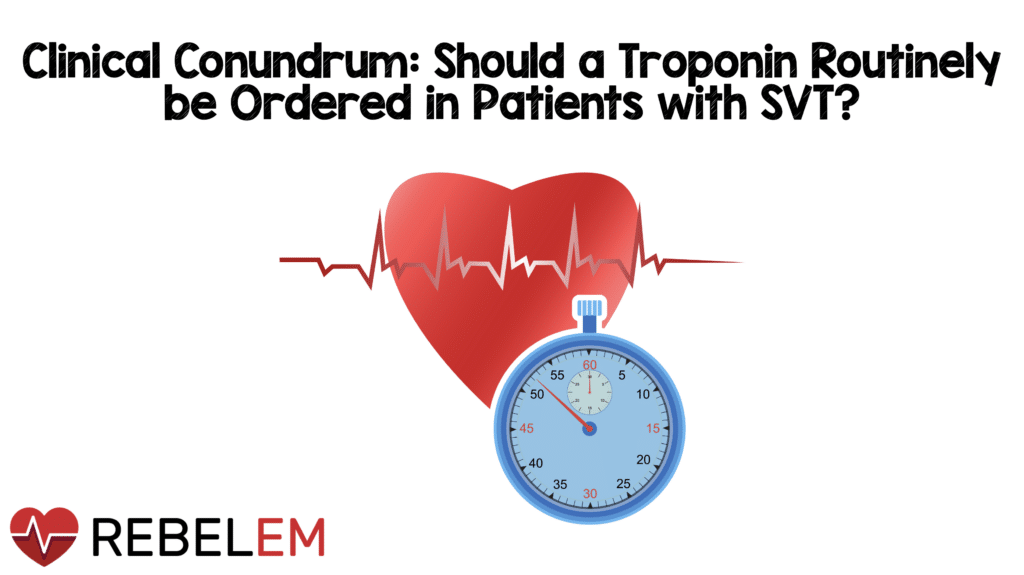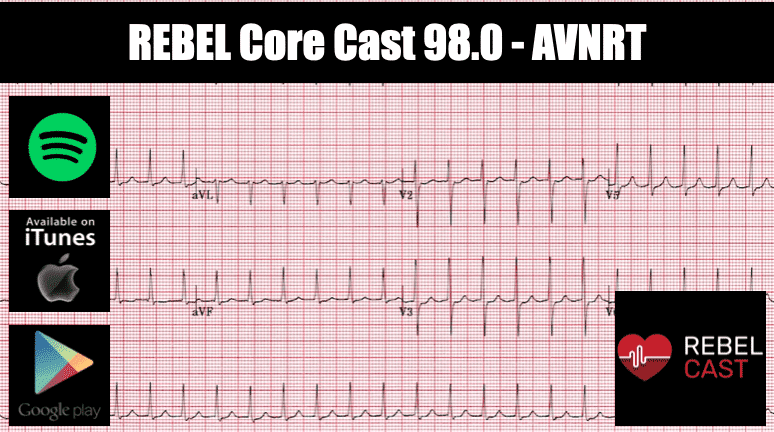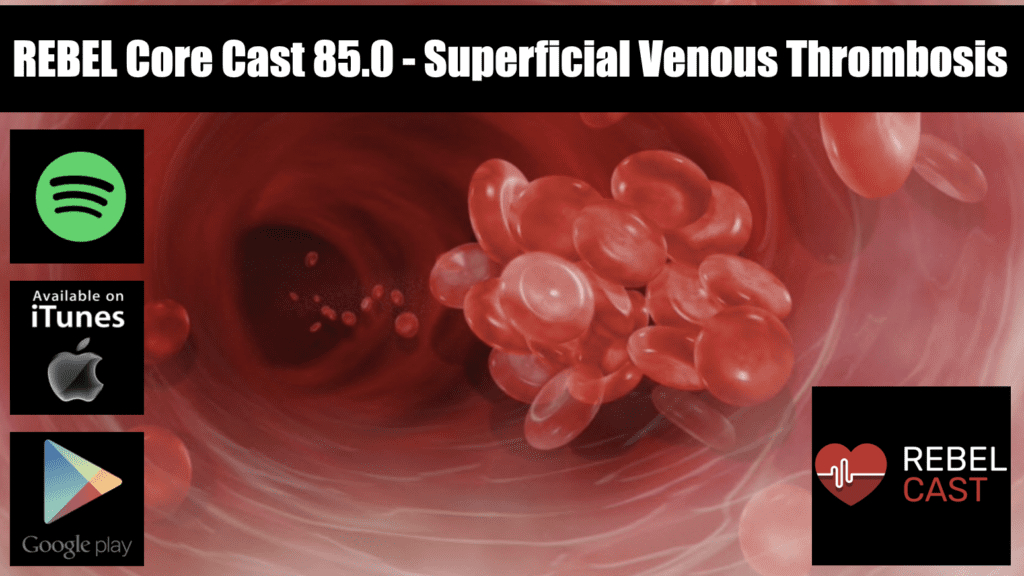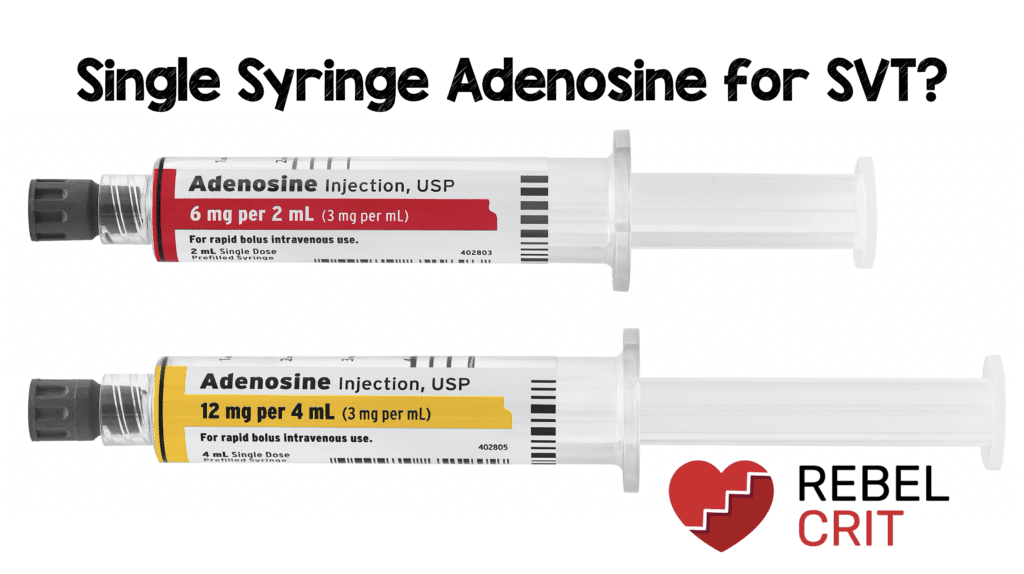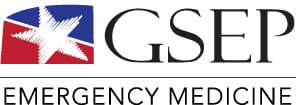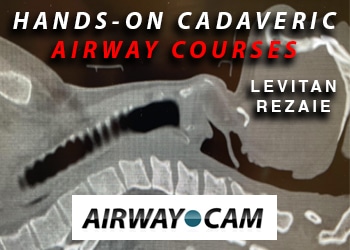Clinical Conundrum: Should a Troponin Routinely be Ordered in Patients with SVT?
Bottom Line Up Top: Troponins should not be routinely sent in patients presenting with SVT. Rarely, they may be necessary if the patient has concerning ischemic symptoms that persist after conversion to sinus rhythm. Clinical Scenario: A 44-year-old man presents …

